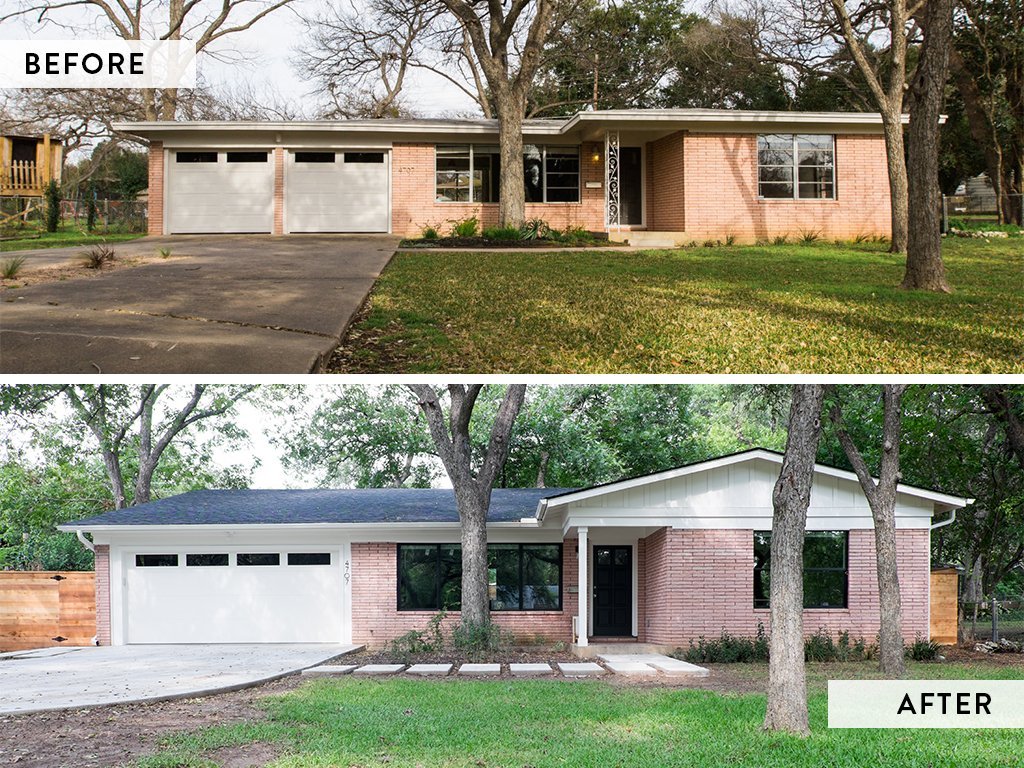What is House Flipping?
House flipping is a real estate investment strategy where an investor purchases a property—often below market value—makes strategic renovations, and sells it for a profit within a short time frame (typically less than 12 months). This model capitalizes on forced appreciation, market trends, and value-add opportunities.
How Flipping Works in Today’s Market
In markets like Daytona Beach, Ormond Beach, and other Florida coastal areas, investors are leveraging cosmetic upgrades and neighborhood revitalization to drive returns. Whether buying distressed properties through auctions or MLS deals, the key to success is buying low, renovating smart, and selling high.
It is critical in this investment strategy to know and utilize these concepts:
- After Renovation Value (ARV) – this is the realistic value or price point at which you resell the renovated property. Knowing how to evaluate comparable sales and existing inventory impacts on your ultimate sales price.
- Maximum Allowable Offer (MAO) – this is the most you can pay for a property in need of renovation. It represents 65 -> 70% of the ARV less the cost of renovations and carrying costs. Want to know how we came up with this percent? Ask in the comments below!
- Loan-to-Value (LTV) – This ratio of loan amount divided by the current value of the property. Flip loans typically top out around 90%. Likewise, lenders usually have a minimum and maximum loan amount.
Pros of House Flipping
1. Quick Profit Potential
Flipping offers one of the fastest ways to generate cash in real estate. A well-executed flip can deliver returns in a matter of months.
2. Low Holding Costs (If Done Right)
Unlike long-term rentals, flips can limit exposure to taxes, insurance, and maintenance costs if turned over quickly.
3. Forced Appreciation
You control the value increase by renovating. This can lead to significant gains even in flat or slightly declining markets.
4. Skill Development
Flippers learn negotiation, project management, budgeting, and design—all valuable real estate skills.
Cons of House Flipping
1. High Risk
Unforeseen issues like foundation damage, permitting delays, or market shifts can erode or even evaporate profits.
2. Capital Intensive
You need substantial upfront capital for purchase, renovations, and carrying costs. Hard money loans come with high interest rates. Depending on your experience rates can vary from 10 to 18%. We’ve used Groundfloor for a couple of our projects and they are quick to fund and have the process down to a science. In the Southeast, Buckhead Home Loans looks like a good option as well.
3. Tax Implications
Short-term capital gains taxes can eat into your profits if you don’t structure the deal correctly.
4. Time-Intensive
Flipping is not passive. It requires active involvement in finding, managing, and selling the property. We recommend aligning with a power realtor who can market and get your property sold quickly.
Tips for a Successful Flip
- Run the numbers: Stick to the 70% Rule (Don’t pay more than 70% of ARV minus repairs).
- Know your market: Focus on in-demand neighborhoods with high turnover and buyer demand.
- Build a reliable team: Contractors, inspectors, and a realtor with investor expertise are essential.
- Always have a backup plan: Consider converting to a rental if the market shifts.
Is House Flipping Right for You?
Flipping can be lucrative, especially for investors who enjoy hands-on work and quick wins. But it’s not for the faint of heart or the underfunded. If you’re new to investing, consider partnering with an experienced flipper or starting with a low-risk cosmetic rehab project.





Join The Discussion